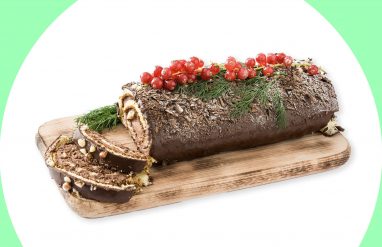Juice up your language
The word orange describes the juicy, slightly sour, reddish-yellow citrus fruit that comes in many different varieties. Orange comes from the Old French orenge. Initially, the word was used primarily to denote the fruit. By 1600, it also came to be used as an adjective to describe the reddish-yellow color associated with the fruit. Today, we use orange regularly both as a noun and an adjective.
There is a persistent rumor that the word orange [ awr-inj or or-ing ] does not rhyme with any other words in English. However, there are a couple of terms that do rhyme with orange—they’re just a bit obscure.
If you’re looking for some suitably juicy synonyms to describe both the fruit and this hue between red and yellow on the color spectrum, read on.


























